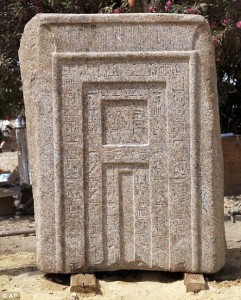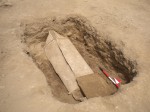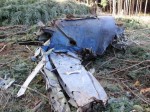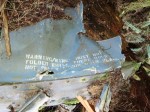 Poster Auctions International is celebrating their 50th anniversary with a huge auction of 500 rare and important posters, with a particular focus on Art Deco and Art Nouveau pieces. If you’re a sucker for beautiful vintage advertising posters like I am, these 500 will put stars in your eyes.
Poster Auctions International is celebrating their 50th anniversary with a huge auction of 500 rare and important posters, with a particular focus on Art Deco and Art Nouveau pieces. If you’re a sucker for beautiful vintage advertising posters like I am, these 500 will put stars in your eyes.
Beginning this auction is a stellar gathering of over 40 rare automobile posters, from the classic car ads for Chrysler and Bugatti to the exhilaration announcements for the early races at Monaco and Le Mans. Immediately following this section are three specialty categories, featuring some of the finest examples of historic aviation posters, posters on silk, and exceptionally rare Buffalo Bill posters. […]
Additional highlights include impressive offerings from some of the most renowned Art Nouveau masters. Over 30 works by the Father of the Poster, Jules Cheret, 15 works by Cappiello, 18 posters by Mucha, and a dozen Italian fashion classics for the Mele store in Naples.
Other highlights include a contemporary work by William Kentridge, the original one-of-a-kind bas relief sculpture for the film Metropolis, the rare Sutro Baths, Mistinguett, propaganda (from Rockwell to Obama to the famous recent Swiss anti-minaret poster), WPA, the 1923 Lawn Tennis Championship, a very early Houdini, and Soviet posters from Lenin through Stalin.
 In other words, every vintage poster you’ve ever seen replicated.
In other words, every vintage poster you’ve ever seen replicated.
If you’re going to be in New York anytime between April 9th and May 1st, hightail it down to the Poster Auctions International showroom at 601 W. 26th Street where all the posters will be on display. Admission is free, so you can drool to your heart’s content even if you can’t afford to bid the thousands of dollars each piece is likely to garner at the May 2nd auction.
For those of us who can’t be there in person, we can browse the gorgeousness on the PAI website.




